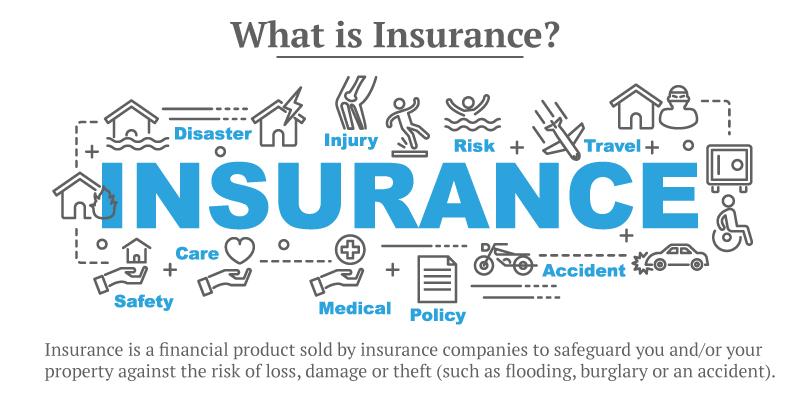Many seniors prioritize staying active and healthy, but gym memberships can be a financial hurdle. This guide explores cost-effective ways for seniors to maintain an active lifestyle, unpacking what Original Medicare offers and the exciting fitness benefits available with some Medicare Advantage Plans.
Table of Contents
Budget-Friendly Fitness for Seniors
While Original Medicare doesn’t cover gym memberships, there are numerous free and low-cost options to stay active:
- Walking: A simple yet effective way to get exercise and fresh air.
- Swimming: Low-impact exercise that’s easy on joints.
- Senior Center Activities: Many centers offer affordable dance or yoga classes.
- Gardening: Combines physical activity with the benefits of being outdoors.
- Household Chores: Daily tasks like mowing the lawn or cleaning can contribute to your activity goals.
Remember, consistency is key! Aim for at least 150 minutes of moderate-intensity exercise per week, or 30 minutes most days.
Original Medicare and Fitness Coverage
Original Medicare prioritizes medically necessary services. While gym memberships aren’t covered, it offers benefits that can improve your mobility and overall well-being:
- Physical Therapy: Helps recover from injuries and regain strength.
- Occupational Therapy: Assists with daily tasks like dressing or bathing.
- Cardiac Rehabilitation: Provides exercise and education to manage heart conditions.
Medicare Advantage: Your Gateway to Fitness Benefits
Medicare Advantage Plans are an alternative to Original Medicare offered by private insurers. These plans provide all the benefits of Original Medicare, plus exciting extras like fitness coverage.
Impressively, 98% of Medicare Advantage Plans in 2024 offered some form of fitness coverage, including:
- Gym Memberships: Access to fitness centers for regular workouts.
- Specific Fitness Programs: Participation in tailored programs like SilverSneakers.
Popular Medicare Advantage Fitness Programs
Explore these popular Medicare Advantage fitness program options:
- SilverSneakers: A renowned program offering access to over 15,000 gyms and online fitness classes specifically designed for seniors.
- Renew Active: Provides gym memberships, online workout videos through Fitbit Premium, and brain health activities through AARP Staying Sharp.
- Silver&Fit: Offers gym memberships, personalized training consultations, on-demand exercise videos, and even home fitness kits with some plans.
Finding the Right Plan for Your Needs
Medicare Advantage Plans vary in their benefits. Working with a licensed agent or broker helps you find a plan that aligns with your fitness goals and budget. They can also explain additional benefits like:
- Grocery Allowances: Helps you purchase healthy foods to fuel your workouts.
- Fitness Expense Reimbursements: Provides partial or full coverage for eligible fitness-related costs.
Conclusion
Staying active and healthy doesn’t necessitate a gym membership. However, some Medicare Advantage Plans offer fantastic fitness benefits to keep you moving and engaged. Explore your options with a trusted agent and find a plan that fits your needs and budget, allowing you to stay active and on top of your health!tunesharemore_vert










